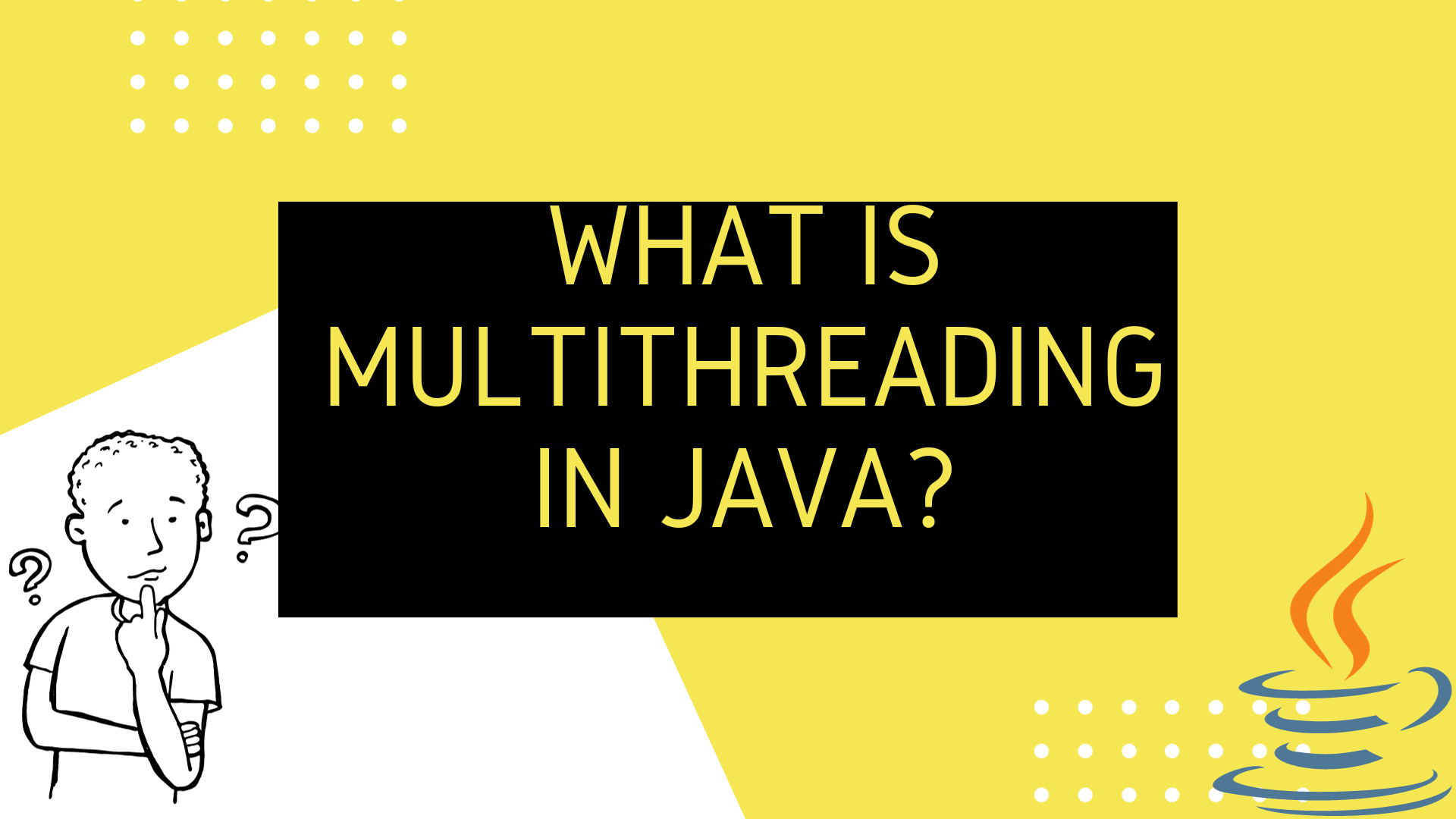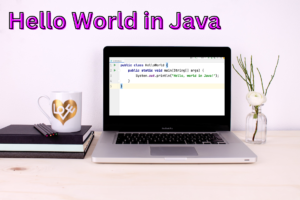Introduction
Multithreading in java is a crucial concept in Java, allowing you to perform multiple tasks concurrently. In this blog post, we will delve into the world of multithreading in Java, exploring its basics, benefits, and best practices for effective utilization.
Table of Multithreading in Java
What is Multithreading?
Multithreading refers to the ability of a CPU or a single core in a multi-core processor to provide multiple threads of execution concurrently. In Java, a thread is the smallest unit of execution, and multithreading enables a Java program to run multiple threads in parallel, making it more efficient and responsive.
Why Multithreading Matters
Multithreading is essential in modern software development for several reasons:
- Improved Performance: Multithreading can significantly enhance a program’s performance by allowing it to execute multiple tasks concurrently. This is particularly beneficial for CPU-intensive and time-consuming operations.
- Responsiveness: Multithreading ensures that a Java application remains responsive to user interactions even when performing background tasks. This is crucial for creating user-friendly software.
- Resource Utilization: Multithreading makes efficient use of system resources, making it an ideal choice for applications that need to maximize resource utilization.
- Parallel Processing: Multithreading enables the parallel execution of tasks, which is particularly useful for applications that involve data processing and manipulation.
Basics of Multithreading in Java
To understand multithreading in Java, you need to grasp the following fundamental concepts:
1. Thread Creation
In Java, you can create threads using either the Thread class or by implementing the Runnable interface. Here’s an example of creating a thread using the Thread class:
Thread thread = new Thread(() -> {
// Your task here
});
thread.start();
2. Synchronization
Concurrency issues, like race conditions, can arise when multiple threads access shared resources. Synchronization mechanisms, such as synchronized blocks and methods, help prevent such problems.
public synchronized void synchronizedMethod() {
// Thread-safe code here
}
3. Thread States
Threads in Java can be in various states, such as NEW, RUNNABLE, BLOCKED, WAITING, TIMED_WAITING, and TERMINATED. Understanding these states is important for effective multithreading.
4. Thread Pools
Creating and managing threads manually can be complex. Thread pools provide a more efficient way to manage thread execution. The Executor framework is a powerful tool for this purpose.
Multithreading in Java Best Practices
To make the most of multithreading in Java, consider these best practices:
- Use Thread Pools: As mentioned earlier, thread pools are a better option for managing threads than creating them manually.
- Avoid Blocking Operations: Be cautious about performing blocking operations within a thread, as they can lead to thread contention and slow down your application.
- Thread Safety: Ensure that shared resources are accessed in a thread-safe manner, using synchronization mechanisms like
synchronizedor higher-level abstractions likejava.util.concurrentclasses. - Error Handling: Implement proper error handling and exception management to prevent threads from crashing the entire application.
Multithreading vs. Multiprocessing
It’s important to note the difference between multithreading and multiprocessing. While multithreading involves multiple threads running within the same process, multiprocessing involves multiple processes, each with its own memory space. Multithreading is more efficient for applications that need to share data and resources, while multiprocessing is useful for tasks that can be entirely parallelized.
The Power of Multithreading
Multithreading in Java is a powerful tool for improving the performance and responsiveness of your applications. By allowing multiple threads to run concurrently, you can create efficient and user-friendly software. However, it’s essential to follow best practices to avoid common pitfalls.
Difference Box: Multithreading vs. Multiprocessing
Here’s a summary of the key differences between multithreading and multiprocessing:
| Aspect | Multithreading | Multiprocessing |
|---|---|---|
| Threads vs. Processes | Multiple threads in a single process | Multiple processes with separate memory |
| Communication | Threads share memory, easier communication | Processes need inter-process communication (IPC) |
| Resource Usage | More efficient resource usage | More resource-intensive |
| Context Switching | Less overhead due to shared memory | More context switching overhead |
| Data Sharing | Easier data sharing and synchronization | Complex data sharing and synchronization |
Conclusion
In this blog post, we’ve explored the fundamentals of multithreading in Java, its benefits, and best practices for effective implementation. Understanding and mastering multithreading is crucial for creating high-performance, responsive, and efficient Java applications. By following the recommended best practices, you can harness the power of multithreading to take your software development to the next level.
Happy coding!



